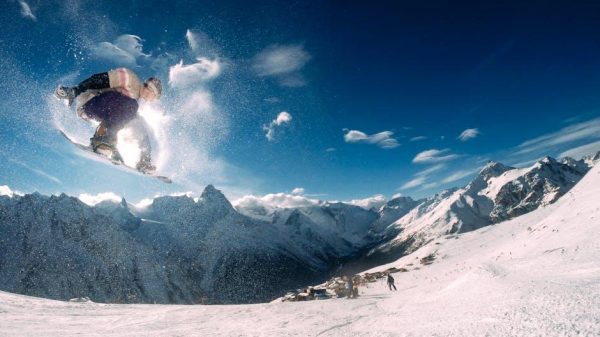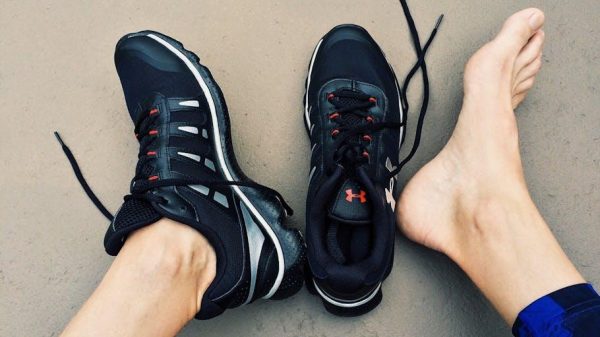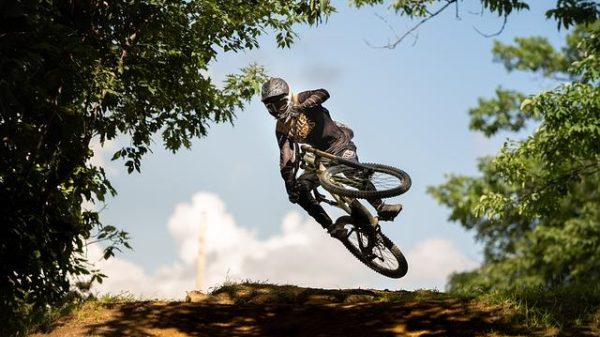In recent years, drones have soared in popularity, transforming the landscape of extreme sports filming with their ability to capture breathtaking aerial views and dynamic perspectives. These agile devices have opened up new horizons for filmmakers and athletes alike, offering a bird’s-eye view that was once the exclusive domain of helicopters and cranes. As drones become an integral part of capturing the adrenaline-pumping action of extreme sports, the question arises: should they be banned from this exhilarating field? This article delves into the multifaceted role of drones in extreme sports filming, weighing the benefits and challenges they present. By examining the safety concerns, environmental impact, and creative potential of drone technology, we aim to provide a comprehensive understanding of whether a ban is necessary or if a balanced approach can harness their capabilities responsibly. Join us as we explore the possibilities and ponder the future of drones in the world of extreme sports, with an optimistic eye towards innovation and safety.
Understanding the Role of Drones in Capturing Thrilling Sports Moments
In the exhilarating world of extreme sports, drones have become indispensable allies, offering a bird’s-eye view that captures the sheer adrenaline and artistry of these high-octane activities. Their ability to glide through the air with precision enables filmmakers to record dynamic and previously unreachable angles, bringing audiences closer to the action than ever before. With their compact design and maneuverability, drones can follow athletes as they scale daunting heights, carve through waves, or soar across snow-capped peaks, providing a unique perspective that traditional filming methods simply cannot match.
- Unmatched Accessibility: Drones can access areas that are otherwise inaccessible, providing unprecedented footage of remote or hazardous locations.
- Cost-Effective Filming: Compared to helicopters or cranes, drones offer a more affordable solution for capturing high-quality aerial shots.
- Enhanced Safety: With the ability to film from a distance, drones reduce the need for camera crews to be in potentially dangerous environments.
- Innovative Storytelling: The unique angles and fluid motion of drone footage allow for creative storytelling that captivates and engages audiences.
Embracing drone technology in extreme sports filming not only enriches the viewer’s experience but also opens up new possibilities for athletes and filmmakers to showcase their skills and creativity. With proper regulations and responsible use, drones can continue to play a transformative role in capturing the awe-inspiring moments that define extreme sports.
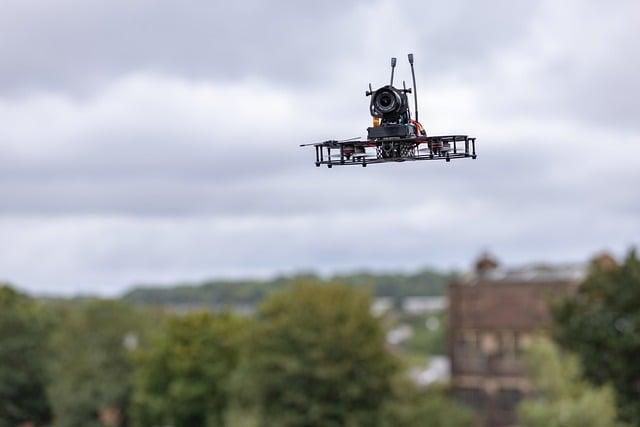
Ensuring Safety and Privacy: Guidelines for Responsible Drone Use
Embracing the exciting potential of drones in extreme sports filming requires a balanced approach to safety and privacy. Adhering to guidelines can enhance the experience while ensuring responsible use. Here are key considerations:
- Respect Privacy: Always obtain consent from individuals who might be captured in your footage. Avoid flying over private properties without permission.
- Follow Regulations: Stay updated with local and national drone regulations. Ensure you have the necessary permits and adhere to no-fly zones.
- Maintain Safety: Operate drones in safe weather conditions and keep a safe distance from participants and spectators. Conduct pre-flight checks to prevent accidents.
- Prioritize Equipment Security: Use geofencing and return-to-home features to prevent losing your drone. Regularly update firmware to enhance performance and security.
By integrating these practices, drone enthusiasts can contribute to a safe and respectful environment, allowing the breathtaking captures of extreme sports to flourish responsibly.

Embracing Innovation: How Drones Enhance Extreme Sports Experiences
In the realm of extreme sports, drones have revolutionized the way athletes and spectators engage with these thrilling activities. By offering a unique vantage point, drones capture breathtaking footage that was previously impossible or extremely challenging to obtain. This technological leap allows for immersive experiences that not only enhance the storytelling of extreme sports but also inspire a new generation of enthusiasts. Drones provide the ability to capture dynamic angles and perspectives, following athletes with precision as they carve through powder, soar off cliffs, or navigate treacherous waves.
Beyond the visual spectacle, drones bring several practical benefits to extreme sports filming:
- Safety Enhancements: Drones can access remote or dangerous locations, reducing the need for human camera operators to put themselves at risk.
- Cost Efficiency: Compared to helicopters or elaborate rigging systems, drones offer a more affordable solution for capturing high-quality aerial footage.
- Versatility: With the ability to hover, dive, and maneuver quickly, drones can adapt to the fast-paced environment of extreme sports, capturing every twist and turn.
With these advantages, it’s clear that drones are not just a fleeting trend but a transformative tool that enriches the extreme sports experience for both participants and audiences alike.
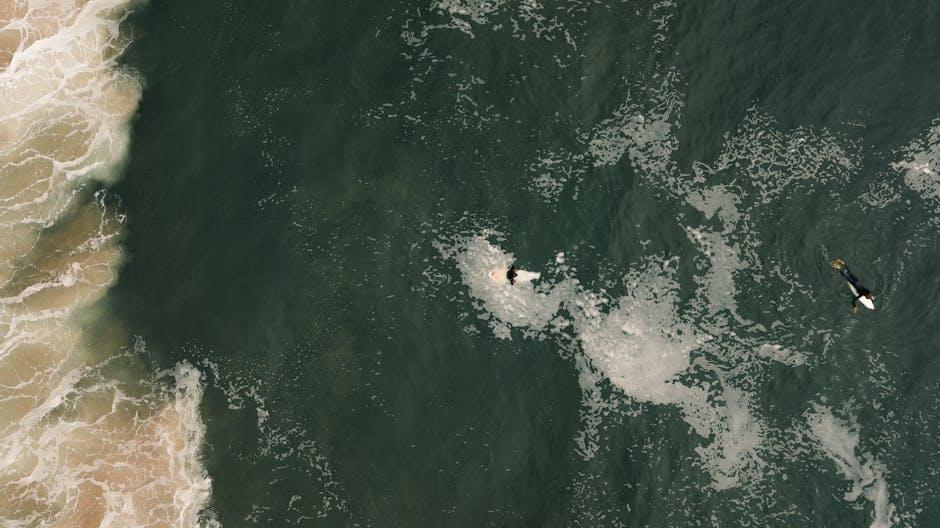
Crafting Effective Regulations to Balance Creativity and Security
Finding the right balance between fostering innovation and ensuring safety is crucial in the realm of extreme sports filming with drones. On one hand, drones offer unparalleled creative opportunities, capturing breathtaking aerial views and dynamic angles that were previously impossible. They provide filmmakers with the tools to enhance storytelling and engage audiences with stunning visuals. On the other hand, the use of drones introduces potential safety risks to athletes, spectators, and operators, necessitating a thoughtful approach to regulation.
To craft effective regulations, consider the following strategies:
- Safety Protocols: Establish clear guidelines for drone operation, including safe distance from athletes and restricted areas.
- Operator Certification: Require drone operators to be certified and trained in both technical skills and safety awareness.
- Event-Specific Rules: Tailor regulations to the unique demands of each sport, allowing flexibility while maintaining safety.
- Technological Solutions: Encourage the use of technology such as geofencing and collision avoidance systems to minimize risks.
By implementing these measures, we can support the growth of extreme sports filming while ensuring the safety and security of all involved. This balanced approach empowers filmmakers to push creative boundaries without compromising the well-being of participants and spectators.







